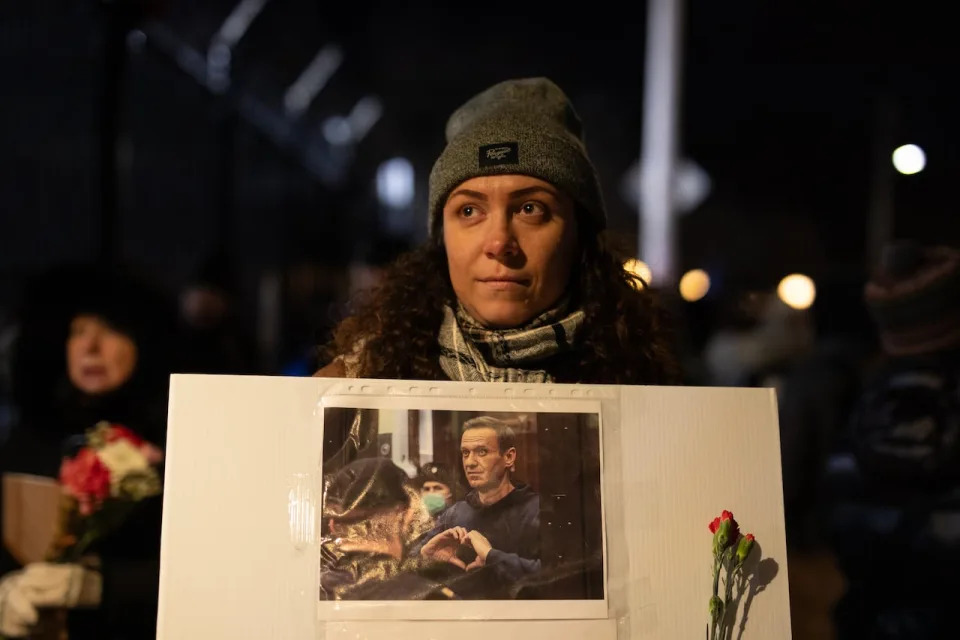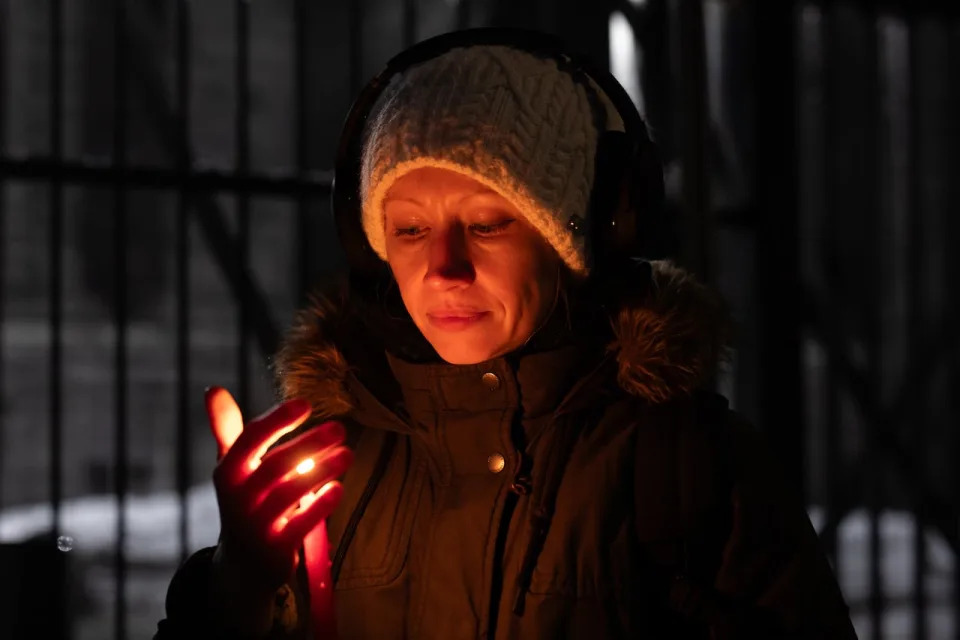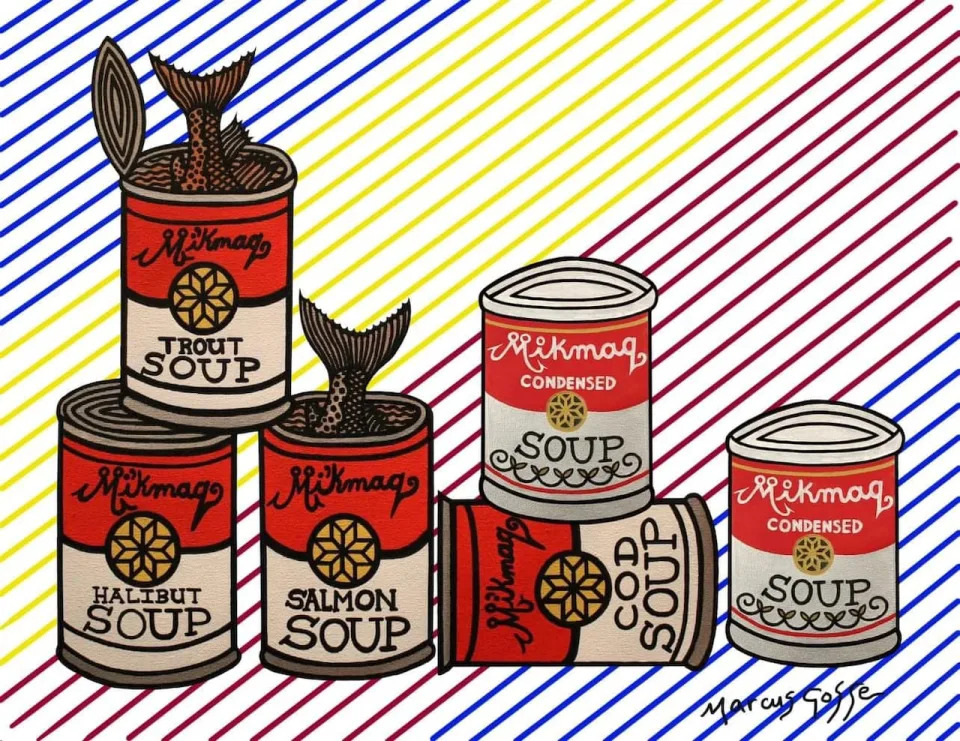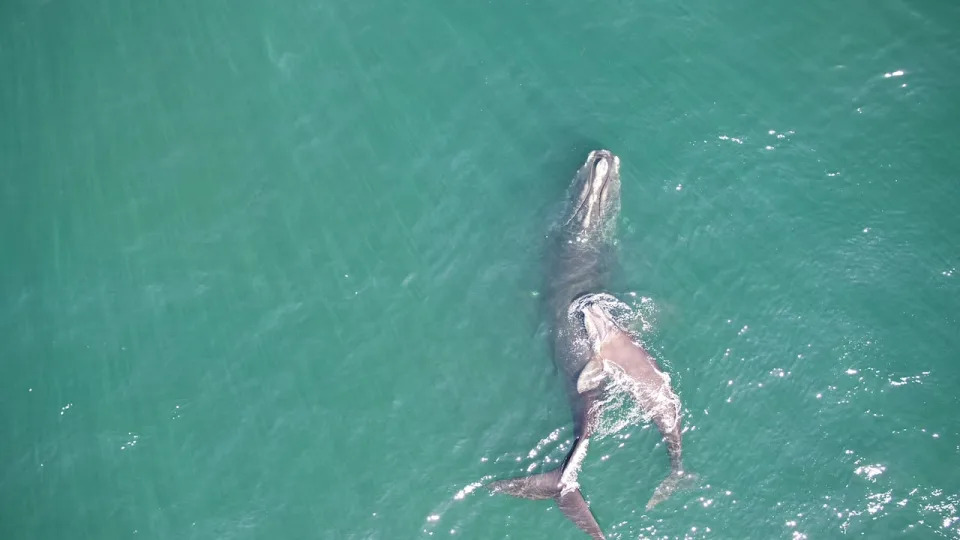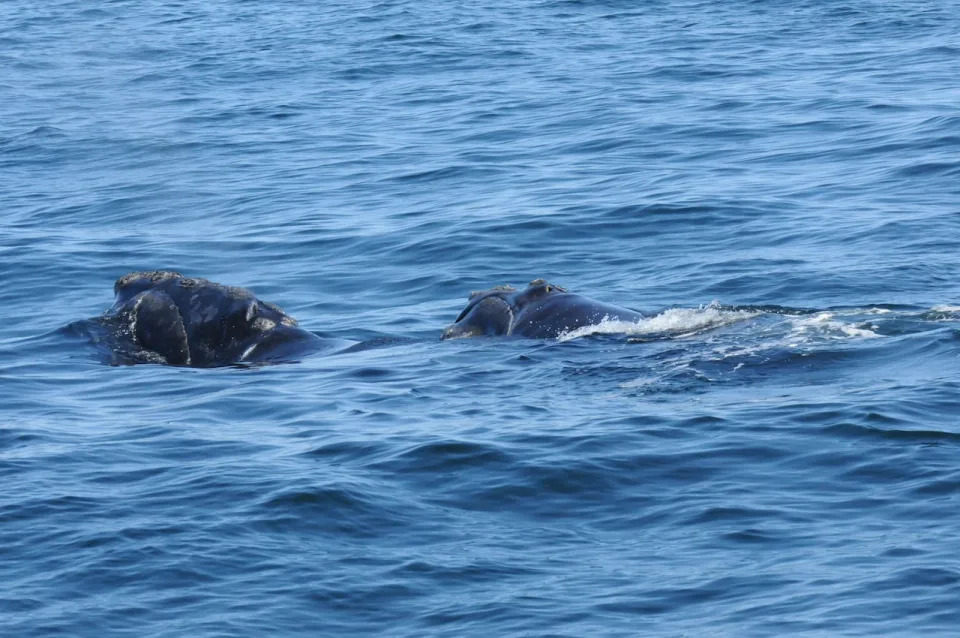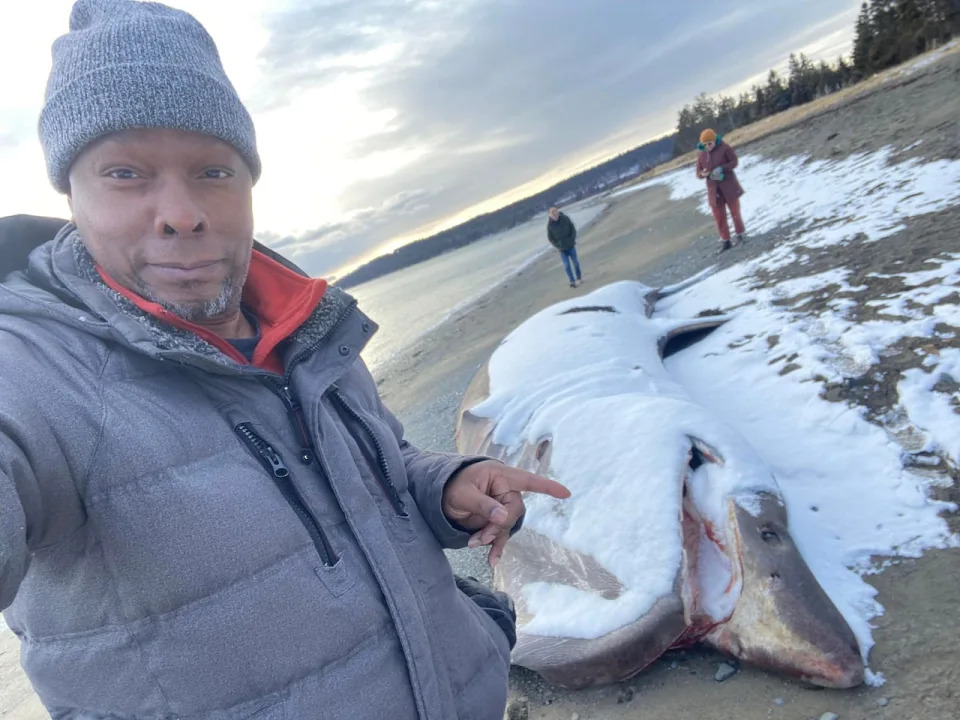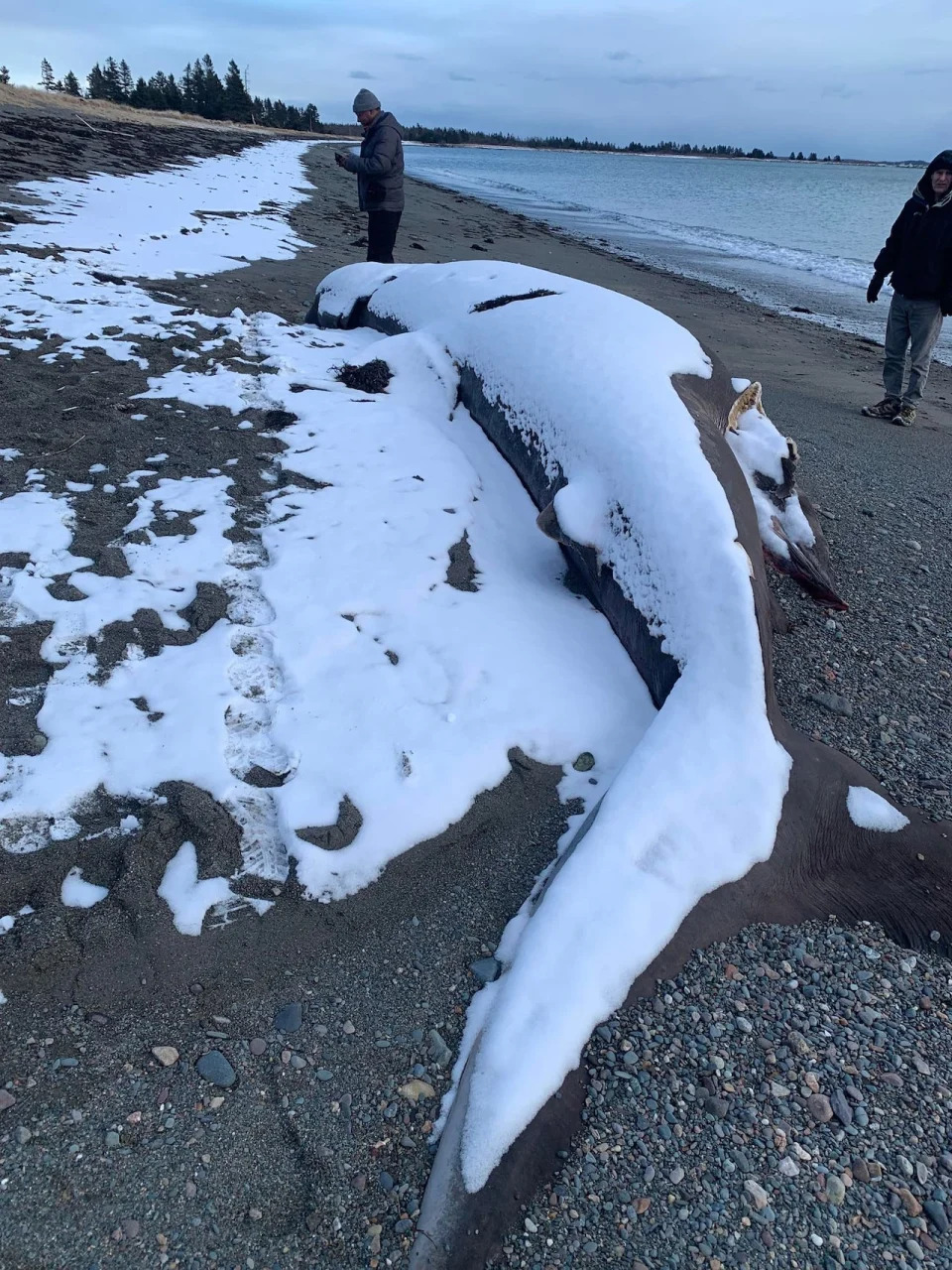CRE Market Woes Mount as Assets Get ‘Stranded’ by New CO2 Rules
.jpg)
Frances Schwartzkopff
Sun, February 18, 2024
(Bloomberg) -- As if the commercial real estate market weren’t in enough trouble already, there’s a new risk lurking in property portfolios.
Real estate companies are facing a major blow to asset valuations, as evolving European requirements drive investors and bankers to cut their exposure to buildings with a big carbon footprint. The issue has increased the possibility that property owners’ assets will end up stranded, devalued by the impact of climate regulations.
“The industry at the moment is very, very aware of stranded assets,” said Neil Menzies, director of sustainability at Hibernia Real Estate Group Ltd., a Dublin-based firm owned by Brookfield Asset Management. The risk of assets being stranded is “getting greater because it’s now legislated as well.”
Commercial real estate values have toppled after higher interest rates and lower occupancy levels upended the financial logic of much of the sector’s debt-reliant business model. Both the European Central Bank and Federal Reserve have made clear they’re now monitoring what lenders are doing to mitigate potential losses.
Against that backdrop, Menzies says the industry is now facing a further valuation shock as it becomes clear just how much renovation and investment is needed to bring the majority of buildings across Europe up to the bloc’s new requirements around energy efficiency.
The situation is so dire, according to Menzies, that he expects the market is “probably going to see values plummet over the next 12 months for unsustainable buildings with very high energy usage.”
The European Union estimates that about 85% of buildings in the bloc were built before 2000. Of these, 75% have a “poor energy performance,” the EU said. The EU has set a goal of cutting emissions in the building sector by 60% by 2030 and completely decarbonizing it by 2050. At 42% of energy consumed, buildings “are the single largest energy consumer in Europe,” according to the European Commission.
Stranded Assets:
The term was popularized by the Smith School’s Stranded Assets Program roughly a decade ago, and refers to assets that have suffered from unanticipated or premature writedowns, devaluations, or conversions to liabilities. UBS Group AG has noted that in the context of real estate, this can include buildings that aren’t energy-efficient, ultimately making them impossible to rent or sell, or uneconomical to own. Such properties may also become uninsurable due to rising physical climate risks, according to UBS.
Other EU rules also are making it harder for investors in the region to ignore the carbon footprint of real estate, including the Sustainable Finance Disclosure Regulation and the Corporate Sustainability Reporting Directive.
Warnings related to climate risk in real estate portfolios have been steadily picking up. In October, analysts at UBS Group pointed out that new regulations are adding to the likelihood that assets end up stranded, “potentially saddling their owners with massive capital losses versus today’s book values.”
The Swiss bank said the issue has the potential to morph into a vicious cycle. “Inefficient buildings will likely also weigh on investors’ climate balance sheets and may prove less attractive to tenants due to high energy bills and low sustainability ratings,” according to UBS.
Hibernia’s Menzies said in an interview that investors are trying to come up with precise estimates for when real estate assets can be deemed as stranded, using a so-called Carbon Risk Real Estate Monitor.
Investors and bankers using the CRREM tool can “know exactly the date that a building is going to strand,” Menzies said. They’re asking detailed questions about climate-related issues such as expected energy usage, before providing credit.
“Lenders are becoming so sophisticated, they’ve got people in house to model this,” he said.
CRE Loans by Country (€ Billions, % Loans)
Bloomberg Intelligence: EU Banks’ €1.4 Trillion CRE Loan Stress Looks Contained for Now
Hibernia, which focuses on the Dublin office market, refurbishes old buildings and develops new ones with a goal of being net zero carbon and climate resilient by 2030, Menzies said. The company’s 30 buildings were valued at around €1.3 billion ($1.4 billion) when it was acquired by Brookfield in 2022.
All in all, the decline in valuations that Menzies expects over the next year “will hopefully” get the market to a level that creates “opportunities for companies to come in and buy,” he said. And they’ll then be in a position to support valuations by investing in renovations that bring buildings up to the new standards, he said.
In the meantime, firms like Hibernia “need to show real-time performance and improvements year on year to be able to gain the interest from investors and lenders,” Menzies said.
Systemic Risk Concerns Grow Among Money Managers as Real Estate Woes Cause Turmoil
Neil Callanan
Sat, February 17, 2024


(Bloomberg) -- Fears of a systemic credit event are growing among fund managers as alarms sound in property markets around the world.
About one in six of those polled considers such a crunch to be the biggest tail risk facing markets, compared to about one in 11 in December, according to Bank of America Corp.’s latest Global Fund Manager survey. The deepening disquiet in US commercial real estate and Chinese property markets means it’s now the third-biggest worry for respondents, lagging higher inflation and geopolitics.
Hopes that the Federal Reserve would cut interest rates and alleviate some of the pressure on real estate were dented by stronger-than-expected inflation numbers this week. Traders are now wagering on less than 90 basis points of cuts this year — almost half of what was expected in January. Meanwhile, more than $900 billion of debt on US commercial and multifamily real estate will require refinancing or property sales this year — a 40% jump from an earlier estimate — after banks extended loans among other factors, and as building values fall.
Smaller banks seem to be on a trajectory toward 8-10% default rates in their CRE loan books, warned Bruce Richards, Chairman of Marathon Asset Management, in a LinkedIn post this week. Those lenders are particularly vulnerable to the downturn in CRE after ramping up their exposure in recent years. By contrast, bigger banks “are as strong as the Rock of Gibraltar,” Richards said by phone.
A 10% default rate on CRE loans would result in about $80 billion of additional bank losses, according to a research paper on US bank fragility published in December. The paper warns that CRE distress could leave more than 300 mainly smaller regional banks at risk of solvency runs.
“We will continue to see upticking levels of distress,” said Omar Eltorai, director of research at data provider Altus Group. “It’s one of those variables that people can call early but there’s a delay before it passes through,” he said, adding that this can sometimes be measured in years.
For now, the Fed is coordinating with lenders with concentrated CRE exposure on a plan to work through expected losses. While the losses are a concern, US regulators are trying to ensure that loan-loss reserves and liquidity levels are adequate to cope, Treasury Secretary Janet Yellen said earlier this month.
Still, nearly 40% of fund managers see US CRE as the most likely source of a credit event, the BofA survey found, with a further 22% seeing Chinese real estate as the biggest threat. The survey took place from Feb. 2 to 8, just days after New York Community Bancorp slashed its dividend and stockpiled reserves, in part because of weakness in the office and multifamily markets.
The turmoil has since spread to German lenders with exposure to US CRE. Bonds of Deutsche Pfandbriefbank AG fell further into distressed territory on Thursday after S&P Global Ratings downgraded the bank, citing its high exposure to the beleaguered market.



